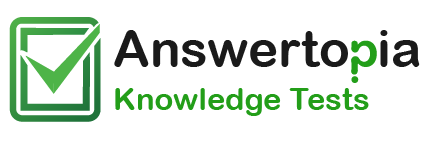Category: Ubuntu
-
A Guided Tour of the Ubuntu 22.04 GNOME 42 Desktop
Ubuntu 22.04 includes the GNOME 42 desktop environment. Although lacking the complexity of Windows and macOS desktops, GNOME provides an uncluttered and intuitive desktop environment that provides all of the essential features of a windowing environment with the added advantage that it can be learned quickly. In this chapter, the main features of the GNOME…
-
Allocating Windows Disk Partitions to Ubuntu 22.04
In the previous chapter, we looked at installing Ubuntu on the same disk as Windows. This so-called “dual boot” configuration allows the user to have both operating systems installed on a single disk drive with the option to boot one or the other when the system is powered on. This chapter is intended for users…
-
Dual Booting Ubuntu 22.04 with Windows
Ubuntu, just like most Linux distributions, will happily co-exist on a hard disk drive with just about any version of Windows. This is a concept known as dual-booting. Essentially, when you power up your PC, you will be presented with a menu providing the option to boot either Ubuntu or Windows. Obviously, you can only…
-
Installing Ubuntu 22.04 with the Network Installer
The previous chapter explored the different options available when installing Ubuntu with a particular emphasis on using the graphical installer. This chapter will go into more detail regarding the use of the Network installer image to install Ubuntu. 1.1 Network Installer Advantages The Network installer (also referred to as Netboot) image provides a small image…
-
Installing Ubuntu 22.04 on a Clean Disk Drive
There are now three ways in which an Ubuntu system can be deployed. One method is to either purchase new hardware or re-purpose an existing computer system on which to install and run the operating system. Alternatively, a virtualization platform such as VirtualBox or VMware can be used to install and run Ubuntu inside a…
-
The History of Linux and Ubuntu
Ubuntu Linux is one of a number of variants (also referred to as distributions) of the Linux operating system and is the product of a U.K. company named Canonical Ltd. The company was founded in 1994 by Mark Shuttleworth. The origins of Linux, however, go back even further. This chapter will outline the history of…
-
Introduction – Ubuntu 22.04 Essentials
Ubuntu is arguably one of the most highly regarded and widely used Linux distributions available today. Praised both for its ease of use and reliability, Ubuntu also has a loyal following of Linux users and an active community of developers. Ubuntu 22.04 Essentials is intended to provide detailed information on the installation, use, and administration…
-
Ubuntu 22.04 Essentials
